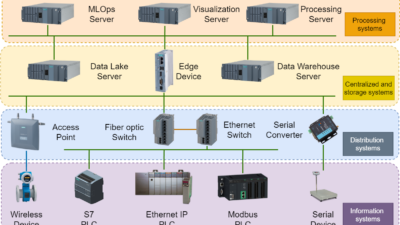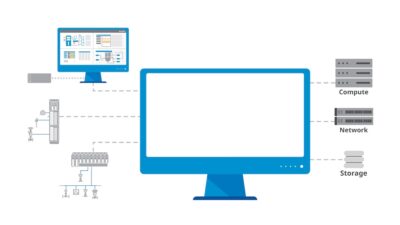One of my favorite sayings is that if we learn from history, we can build on success, rather than take the same lumps over again. Control Engineering's reflections at inception and at our 25th anniversary offer wisdom for today. Birth, September 1954: "The Editors," noted that Control Engineering will gather fresh knowledge, integrate it, and transmit it.
One of my favorite sayings is that if we learn from history, we can build on success, rather than take the same lumps over again. Control Engineering ‘s reflections at inception and at our 25thanniversary offer wisdom for today.
Birth, September 1954 : ‘The Editors,’ noted that Control Engineering will gather fresh knowledge, integrate it, and transmit it. ‘The engineer who creates control systems and keeps them working is a practical man. He realizes that a control system is not just an exquisite mechanism constructed to delight its designer. It must pay out. Management has a decision to make—to buy or not to buy, to build or not to build. It is the engineer’s responsibility to provide the information for the decision. He must impartially present the economics of each case so succinctly that management’s decision is simple.’
25 Years, September 1979 : Ed Kompass, editor-in-chief, said that for 25 years, control engineers ‘have had to translate control ideas into hardware by means of constantly changing man-machine language, frustrated by professional language experts called programmers, whose joy is in the language and not in the message….’ He spoke of the computer’s advantage of ‘reprogrammability,’ and the need to keep that simple. Digital signals, unlike analog, can be more easily protected and reused, and ‘very large memories at sufficiently low prices will soon lead to industrial control systems… that can learn from their own experience.’ Going forward, that will help control engineers focus more on the engineering expertise they offer, Kompass suggested.
Today, at 50 years : For those looking back, years from now, control engineering’s intrinsic value remains in measuring, deciding, and actuating for ‘pay out’ in the organization, rather than solely in the joy of the hardware, software, and networks that comprise control systems. Today’s systems gather, integrate, and transmit knowledge throughout the enterprise—just as Control Engineering editors transmit knowledge to subscribers of multiple editions (China, Europe, Poland, North America, and, coming soon, Russia), e-mail newsletters, daily postings at www.controleng.com , Webcasts, and in person.
Rebirth tomorrow : Wherever you are on the career timeline, or wherever in the organization you apply control engineering expertise, best wishes for continued success through daily rebirth. Keep bringing relevance and value to your organization. As was said in the first issue, subscribers are our measuring element, and we continue to welcome comments on all phases of our process.
Online Extra : For a corollary note from 50 years ago to today, take a look at this column online at www.controleng.com .
Online Extra: 50-year correlation
To make the first issue of Control Engineering , editors did a pilot issue, circulated it to almost 2,000 leaders in the field of instrumentation and automatic control and garnered feedback that helped shape the first year of publication.To help make the Control Engineering 2005 editorial calendar, David Greenfield, editorial director, e-mailed thousands of subscribers asking them to explain to staff editors what was most important for us to cover in the year ahead. That will become the core of our coverage in 2005.
As the original editors noted, “To aid the engineer… we will cover the economic, as well as the purely technical considerations involved in the engineering of control systems.”
For more correlations, take a look at his “Why we’re here” in this issue, the 50th Anniversary supplement with 50 years of reflections from Ed Kompass, other pieces this issue, the August 2004 anniversary poster, and the “50, 25, 10 Years Ago” history column in every issue this year.



